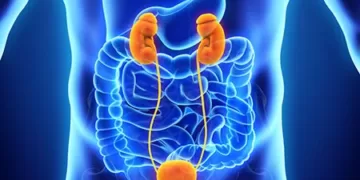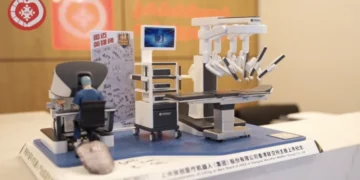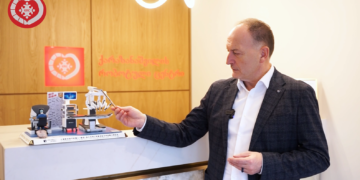Bartholinitis is a purulent inflammation of the Bartholin gland located in the vestibule of the vagina. It is often caused by gonococci, staphylococci, and other microorganisms. For example, E. coli or mixed infection.
Causes of Bartholinitis
With bartholinitis, pathogenic microorganisms affect the excretory duct of the gland and, in particular, its tissues. Bartholinitis mainly develops due to poor hygiene. It can be caused by sexually transmitted diseases. Sometimes it appears in cases of weakening of the body. in complicated forms, it occurs after surgical operations and abortions.
The function of Bartholin Gland
The main function of the Bartholin gland is to produce a specific secret containing vaginal fluid. This secret moisturizes the vaginal mucosa and protects it from dryness. The functioning of the Bartholin gland depends on the hormonal shift in the woman’s body. For example, in the period before the onset of menstruation, the secretion of mucous secretions increases, and on the days of menstruation it decreases, during menopause and after gynecological operations (for example, in the case of removal of the uterus and its appendages), it practically stops. Because of this latter, the vaginal mucosa becomes dry, which often causes the development of cracks and itching.
Clinical Course of Bartholinitis
According to the clinical course, there are:
- Fcute bartholinitis;
- Chronic bartholinitis;
- A false abscess (it can be primary – with purulent canaliculitis or with inflammation of the duct and secondary – developed due to suppuration of the cyst);
- A true abscess (this is an abscess protected by a capsule).
Symptoms of bartholinitis
First, inflammation of the excretory duct of the Bartholin gland develops, which is characterized by reddening of the skin around the outlet of the excretory duct of the Bartholin gland. This latter is located on the labia minora at the entrance to the vagina. There is a slight purulent-mucous discharge. The skin in the region of the opening of the excretory duct on the labia minora softens. It is also possible to feel the enlarged duct with your hand.
As a rule, inflammation of the Bartholin’s gland is unilateral, that is, all of the listed symptoms are on one side. After a certain period, the secret of the Bartholin gland thickens and closes the excretory duct. Bartholinitis develops.
The inflammatory process extends to the tissues of the gland. Inflammation of the gland begins with swelling (infiltration). It should be noted that at this stage, bartholinitis can be completed, that is, the inflammatory process can die out by itself, the infiltrate resolves and self-healing occurs. If self-healing does not occur, then the excretory duct of the Bartholin’s gland becomes blocked, which leads to the development of a cyst or abscess.
With bartholinitis during examination by hand (with palpation), the inflamed gland hurts. The woman feels a burning sensation and tingling. Unpleasant sensations during walking and sexual intercourse.
In the case of the spread of the inflammatory process to the gland and nearby tissues, a true abscess is formed.
The formation of a false abscess occurs secondarily. Its cause is suppuration of an existing cyst. The gland increases significantly in size. Its diameter can reach 5 centimeters. Acute bartholinitis is accompanied by fever. The temperature sometimes rises to 40 degrees. At the same time, there is general weakness, local redness.
In severe cases, regional lymph nodes enlarge. A symptom of fluctuation is revealed, that is, when examined by hand (palpation), the movement of liquid swelling-pus is felt. Most often, the abscess opens on its own. Pus comes out and the patient’s condition improves, the temperature decreases and the soreness of the labia disappears.
Acute bartholinitis sometimes becomes chronic. Chronic bartholinitis, like other pathologies, is characterized by variable periods of exacerbations and remissions. Exacerbations are caused by: menstruation, colds, weakening of the body and activation of other infections. During the period of remission, the disease has no negative symptoms, while during the period of exacerbation, the woman is concerned about minor pains in the area of the damaged gland, discomfort during intercourse and walking.
Treatment
Treatment of bartholinitis at an early stage includes the relief of the inflammatory process, which involves the use of antibiotics, sulfonamides, painkillers and also cold, adherence to a rest regimen; In the case of progression of the process and the formation of an abscess, they resort to opening the latter and draining it; In the chronic course of the disease, physiotherapy sessions are indicated; If a cyst develops, the affected gland is often removed.
No need to self-medicate with various drugs and ointments! Be sure to contact a qualified gynecologist who will establish the form of the disease, determine its features and prescribe the appropriate treatment.
MMT Hospital offers the treatment of bartholinitis with methods that meet international medical standards.
MMT Hospital offers the treatment of bartholinitis with methods that meet international medical standards.











